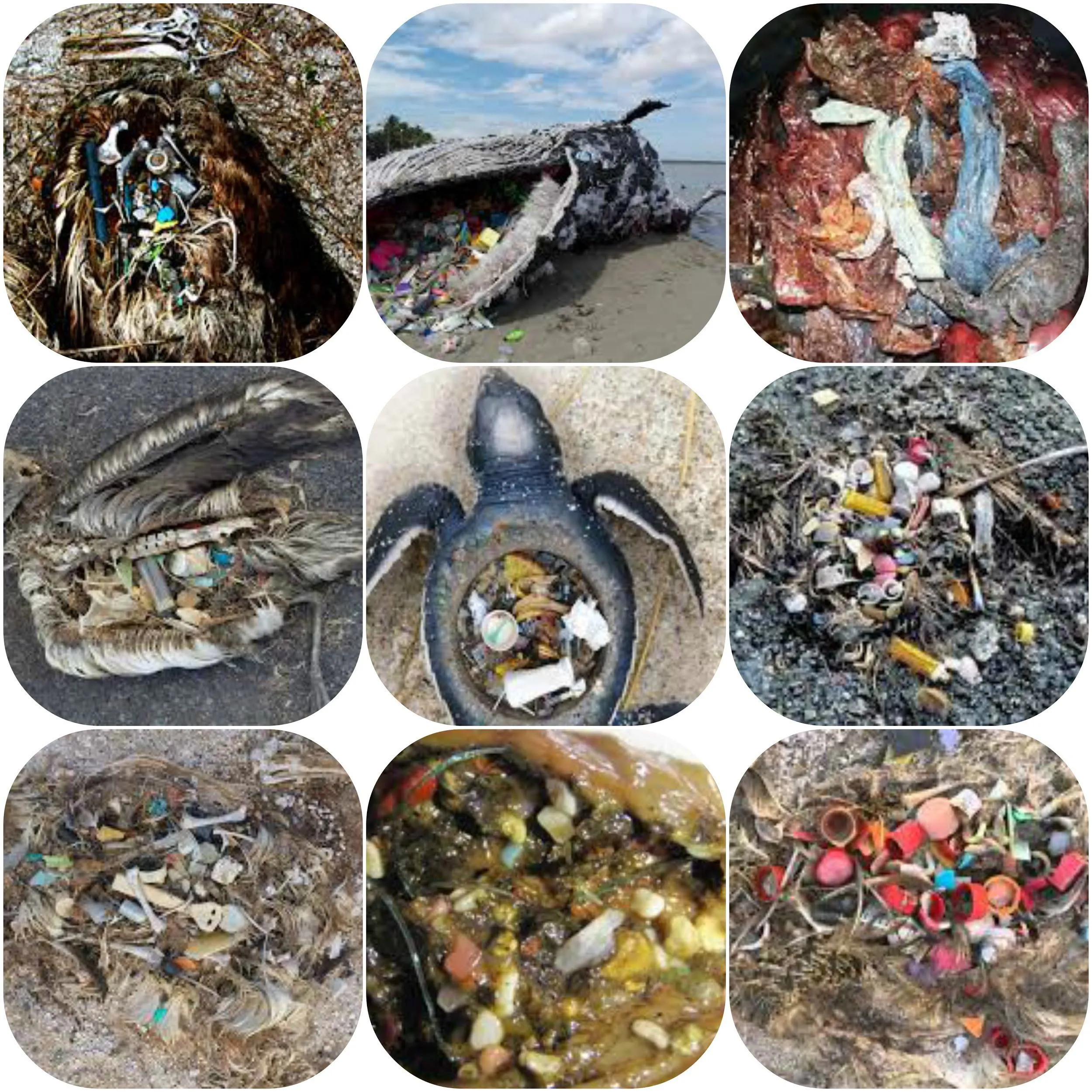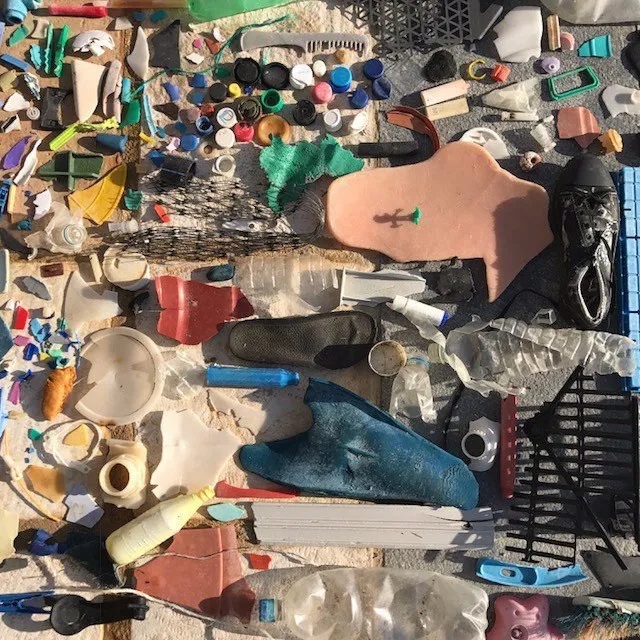Remember when you first noticed Russia on the map and thought “ Woah- that’s big”? Imagine a floating plastic vortex in the North Pacific the same size, but growing due to our addiction to plastic. Not to say there’s a shady subculture of people pumping plastic into their veins or lungs, but rather a broad daylight epidemic much like our infatuation with sugar.
I know Halloween just passed, but let me spook you some more.
The Great Pacific garbage patch, AKA The Pacific Trash Vortex ( a better title to punch the message through), is made of chemical sludge and debris from disintegrating plastic waste- parts of your friendly water bottle that saved you at your first summertime festival could be there now too. As avalanches of yesterday’s waste crash off landfills and beeping trucks dump the evidence of our disposable lifestyle by the hour into our oceans, WALL-E (2008) doesn’t seem so dramatic anymore. It’s no surprise that plastic is at every level of the oceanic food chain now. And if that doesn’t make you squirm a little, check out the insides of our innocent victims:

Looking like the inside of a street bin, this plastic plague takes the lives of 1 million seabirds and 100 million other sea creatures a year. I preach because I care, and I think you should too.
But it’s not like this epidemic is going untreated; we’re not all monsters- surprisingly.
With Germany’s Deposit Return Scheme (DRS) offering consumers a 10% refund on all returned plastic bottles, even mammoth countries like Australia are planning to adopt the same ocean-saving method from June 2018.
However, us in the UK with our temperamental weather have drawn a cloud over such schemes. The inevitable concern for financial loss over kerbside recycling, if such schemes are ever pushed through legislation, means a nationwide solution is going to take a long, long time.
Even the hero-without-a-cape, Boyan Slat, the 21-year-old founder of The Ocean Cleanup, still faces mountains of legal paperwork and a government nitpicking extravaganza for his revolutionary idea to create a machine to vacuum and filter the toxic plastic soup.
Bureaucracy has always been mad. So that’s why we have to start the change ourselves.
You don’t have to dread your hair or wear hemp clothing. It’s a matter of rethinking everyday habits that involve disposable plastic:
- Trust that you don’t need that straw for your drink.
- Replace water bottles and coffee cups with a swanky glass/metal travelling companion.
- Take the initiative to refuse single serving packaging and utensils- if there’s no silverware then obviously don’t starve yourself! Be a Joey in life and carry around that useful fork in case food surprises you along the way.
- Try not to be that person who came up with packaged and peeled satsumas in Whole Foods. *rolls eyes indefinitely*
- And the obvious....RECYCLE!
Even if it means a few more steps to the other side of the room or street- fluffy baby seabirds, singing whales, your favorite calamari dish and the future of our blue planet depends on it.
We can stop the broken record of people like me saying to you “Did you know in the last ten years we’ve produced more plastic than in the entire century?” by actually doing something about it. Why not do our dear Sir David Attenborough proud and reduce the harm on the beauty he presents in his programmes, eh?



